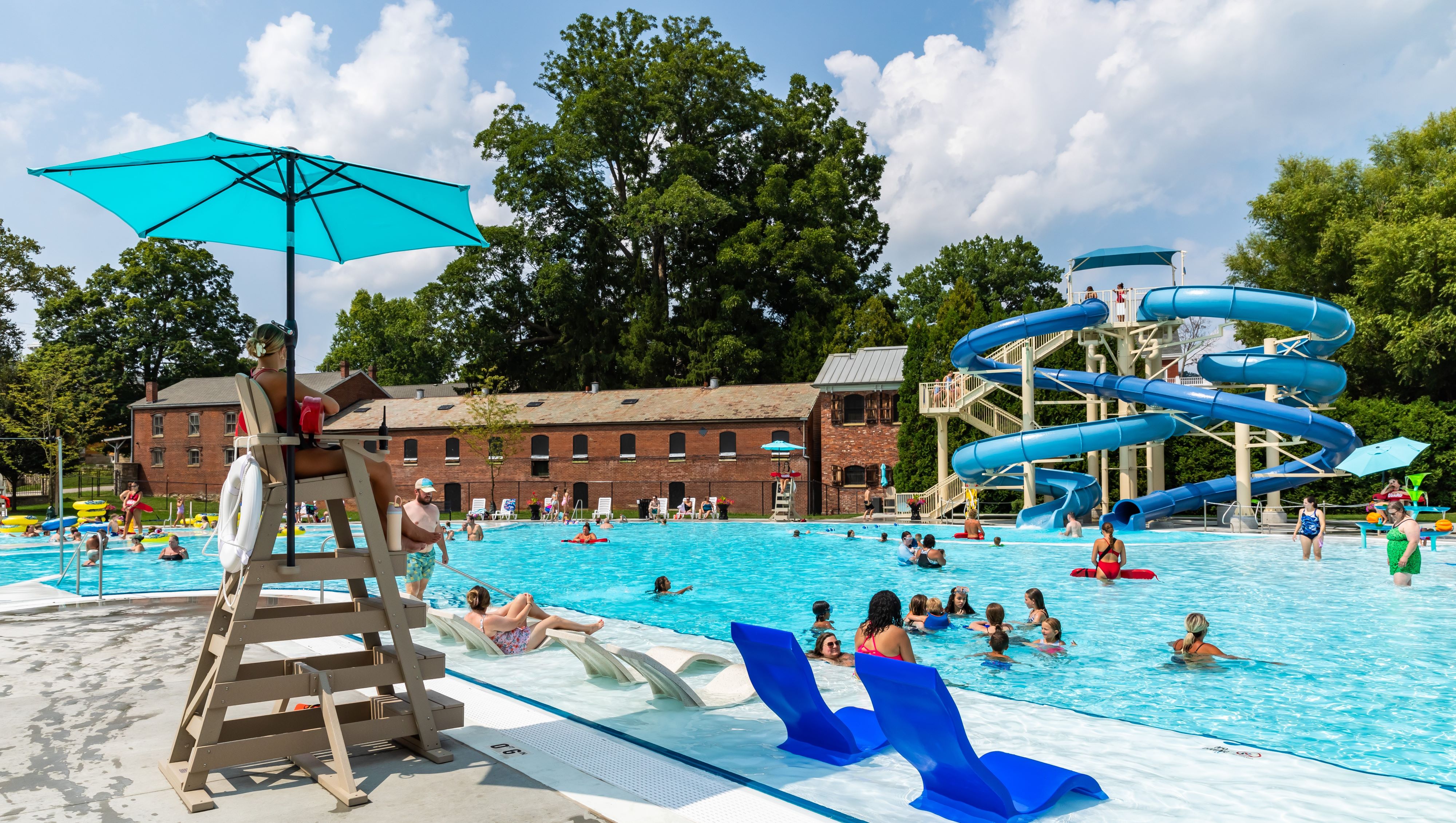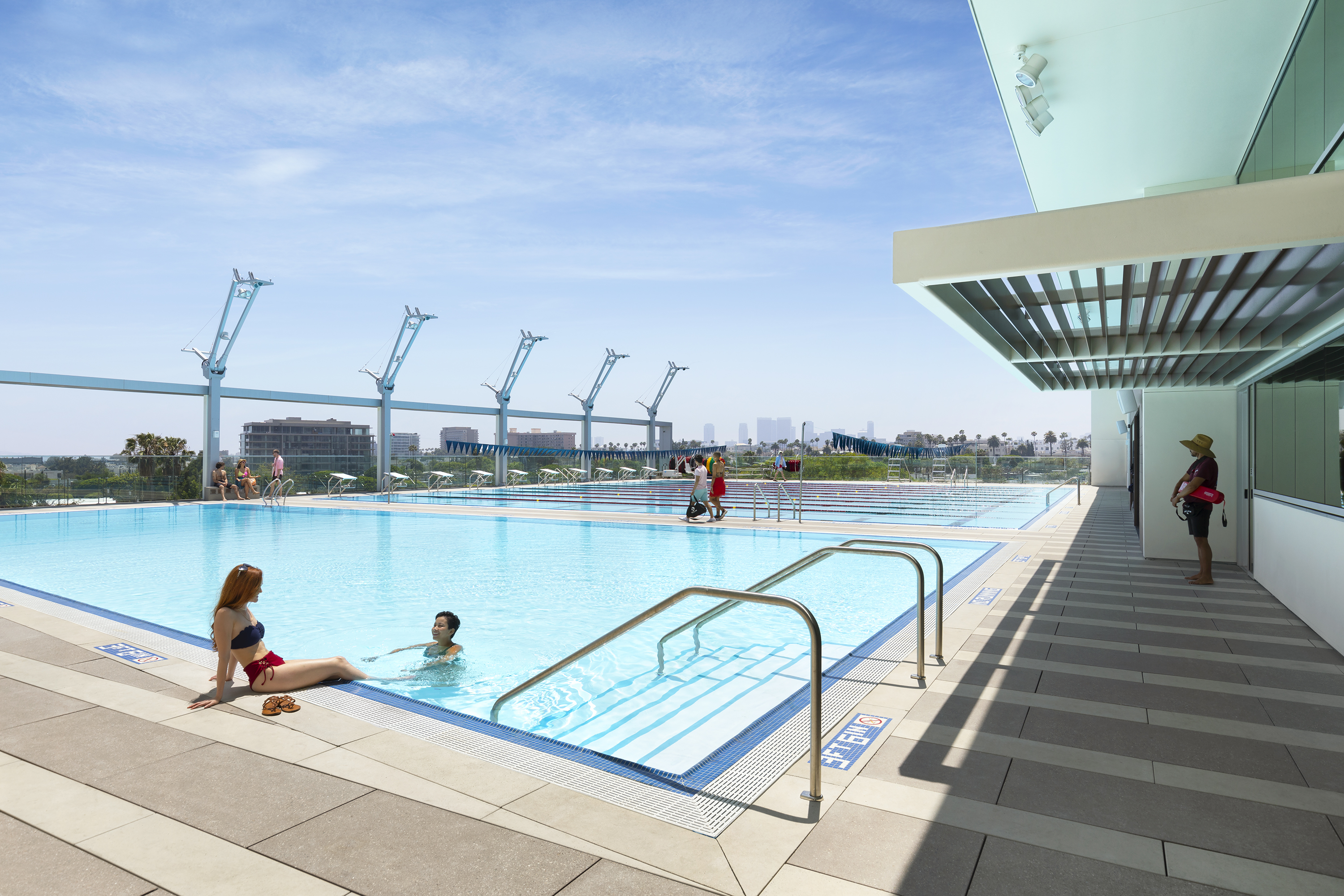Design objective: Create a natural-style pond that showcases previously purchased boulders. The homeowners wanted something peaceful and eye-pleasing, with minimal sound and movement. It had to fit with the mature growth that already existed.
Lay of the land: The two largest boulders — one being somewhat flat and the other round — were set on the pond’s perimeter. Water flows over the flat piece to reach the main body of the pond.
Working textures: The rocks offered little variation, so Driemeyer used water to enhance the texture of the flat boulder. “By running water over it, I have one place that’s darker than another,” he says. “This helps show off some of the places that are recessed because water runs down a natural decline.”
The flow creates gentle ripples in the pond. It also naturally colors the light, monochromatic stone, he says. The nearby redwood trees release tannins, which enter the water and eventually stain the rock where the flow occurs.
Driemeyer used taller, spikier plants rather than the finer-textured materials used on many naturescapes. He wanted the softscape to temper the rocks, so that they wouldn’t dominate. “The stones are soft and round because of the river running over them,” he says.
“They’re not harsh or angular. So if I put angular, upright pieces with them, the contrast helps soften the angularity of the plant,” Driemeyer adds. “It also enhances the softness and curvaceousness of the stone.”
The height of the plants draws a viewer’s gaze upward and away from the boulders, he says. Plus, they filter light and shadow on the rock, adding more interest.
Looking back: “Without the water on it, you wouldn’t notice the sculptural aspect of the rock because everything looked the same,” Driemeyer says. “It looked like a big, broad flat rock.”



